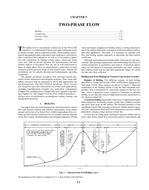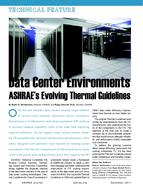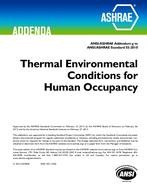The traditional thermal building insulation materials and solutions of today have the drawback that they require rather thick building envelopes in order to meet the increasingly demanding thermal insulation requirements. Increasing the building envelope thickness up to between 400 and 500 mm, e.g., by use of mineral wool and similar insulation materials, forces new challenges both with respect to building physics and practice. In addition, such thick envelope structures are less cost-effective at locations where the area is restricted, i.e. by restrictions in physical dimensions or by high living area costs per square meter. Thus, with increasing thermal insulation, there is a strive to not increase the thickness of the building envelope substantially. Currently, vacuum insulation panels (VIPs) are being developed and manufactured commercially. These panels are rather expensive at the moment, but they may already offer competitive insulation solutions where the area is restricted. State-of-the-art VIPs have thermal conductivities ranging from between 3 mW/(mK) to 4 mW/(mK) in pristine condition, which is about ten times lower than the typical thermal conductivity of 36 mW/(mK) for traditional insulation materials like mineral wool and the like. However, with time water vapor and air are diffusing through the VIP foil envelope and into the open pore core structure of VIPs, thereby increasing the thermal conductivity up to typically 8 mW/(mK) after 25 years aging. Puncturing the VIP envelope causes an increase in the thermal conductivity to about 20 mW/(mK). Hence, the VIPs cannot be cut or adjusted at the building site and care has to be taken in order not to perforate the VIP foil during building construction and service life. Thus, there should also be an aim to invent or develop new robust high performance thermal building insulation materials and solutions with as low thermal conductivity as the VIPs, but without the disadvantages.
This work explores the possibilities of inventing and developing new innovative and robust high performance thermal insulating materials. The aim is to go beyond VIPs and other current state-of-the-art technologies and envision the thermal insulation materials and solutions of tomorrow. New concepts like vacuum insulation materials (VIMs), nano insulation materials (NIMs), gas insulation materials (GIMs), dynamic insulation materials (DIMs) and NanoCon are introduced. The VIMs and GIMs have closed pore structures, whereas the NIMs have either open or closed pore structures. The objective of the DIMs are to dynamically control the thermal insulation material properties, e.g. solid state core conductivity, emissivity, and pore gas content. NanoCon is essentially a NIM with construction properties matching or surpassing those of concrete. In addition, fundamental theoretical studies aimed at developing an understanding of the basics of thermal conductance in solid state matter at an elementary and atomic level will also be carried out. The ultimate goal of these studies will be to develop tailor-made novel high performance thermal insulating materials and dynamic insulating materials, the latter one enabling to control and regulate the thermal conductivity in the materials themselves, i.e,. from highly insulating to highly conducting.
Citation: Thermal Performance, International Conference, 2010
Product Details
- Published:
- 2010
- Number of Pages:
- 9
- File Size:
- 1 file , 1.5 MB
- Product Code(s):
- D-BUILDINGSXI-132


